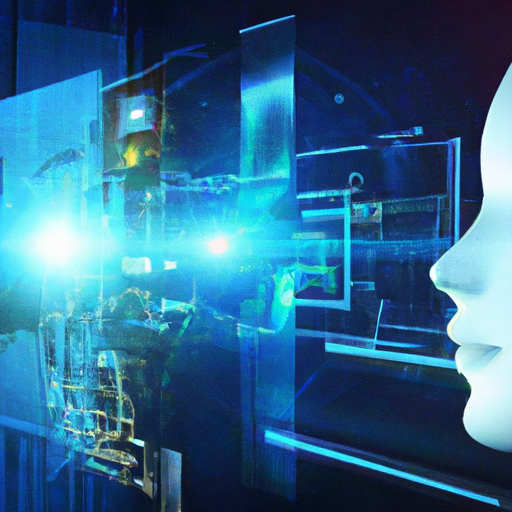Understanding human-computer interaction (hci)
Human-computer interaction (hci) is a fascinating field that explores the relationship between people and technology. It delves into how humans interact with computers and other digital devices, aiming to make these interactions as intuitive and efficient as possible.
In today’s digital age, hci plays a crucial role in ensuring that technology is user-friendly and accessible. From the smartphones in our pockets to complex ai systems, hci research helps shape the way we use and perceive technology.
The evolution of human-computer interaction
The journey of human-computer interaction began in the 1960s with the advent of personal computing. Initially, computers were large, cumbersome machines that required specialized knowledge to operate. However, as technology advanced, so did our interactions with it.
The introduction of graphical user interfaces (guis) in the 1980s marked a significant milestone in hci. Guis made computers more accessible to the general public by replacing text-based commands with visual icons and menus.
Today, hci continues to evolve with advancements in artificial intelligence and machine learning. These technologies enable more natural interactions between humans and computers through voice recognition, gesture control, and even emotional detection.
Real-life examples of hci
To better understand the impact of hci on our daily lives, let’s look at some real-life examples:
– Smartphones: modern smartphones are designed with user-friendly interfaces that make it easy for people of all ages to navigate apps, send messages, and browse the internet.
– Voice assistants: devices like amazon’s alexa and google assistant use natural language processing (nlp) to understand spoken commands and respond accordingly.
– Virtual reality (vr): vr systems immerse users in interactive environments where they can manipulate objects and explore virtual worlds using hand gestures or controllers.
These examples demonstrate how hci enhances our interactions with technology by making them more intuitive and enjoyable.
The role of artificial intelligence in hci
Artificial intelligence is revolutionizing human-computer interaction by enabling machines to learn from data and improve their performance over time. Ai-powered systems can understand complex human behaviors and adapt their responses accordingly.
For instance:
– Personalized recommendations: ai algorithms analyze user preferences to provide personalized recommendations for movies, music, shopping items, etc.
– Chatbots: these ai-driven tools simulate human conversation to assist customers with inquiries or troubleshoot issues efficiently.
– Facial recognition: advanced facial recognition technology can identify individuals based on unique features like facial structure or expressions.
By incorporating ai into hci design principles, developers can create smarter interfaces that cater specifically to individual needs while enhancing overall usability.
Challenges and opportunities in hci
Despite its many benefits, there are several challenges associated with designing effective human-computer interactions:
1. Usability testing: ensuring that an interface is easy-to-use requires extensive testing involving diverse user groups.
2. Accessibility: designing inclusive interfaces that accommodate users with disabilities remains a critical challenge for developers.
3. Privacy concerns: as ai systems collect vast amounts of personal data during interactions; safeguarding this information becomes paramount.
However challenging these issues may be; they also present opportunities for innovation within the field itself:
1. By conducting rigorous usability testing; designers gain valuable insights into user behavior which informs future improvements.
2. Developing accessible designs not only benefits those living with disabilities but also enhances overall usability for all users.
3. Implementing robust privacy measures builds trust among users who feel confident sharing their data knowing it’s protected securely.
As we continue exploring new frontiers within human-computer interaction; addressing these challenges head-on will pave way towards creating truly transformative experiences through innovative solutions driven by cutting-edge technologies such as artificial intelligence machine learning big data automation etc
The future of human-computer interaction
Looking ahead; several emerging trends are poised shape future developments within this exciting field:
1) Natural user interfaces (nuis): nuis aim eliminate barriers between humans digital devices enabling seamless interaction through gestures voice commands touchscreens etc
2) Augmented reality (ar): ar overlays digital information onto real-world environments creating immersive experiences blend physical virtual realms together
3) Brain-computer interfaces (bcis): bcis represent ultimate frontier merging biology technology allowing direct communication brain computer bypassing traditional input methods altogether
4) Ethical considerations: as hci becomes increasingly integrated into daily life addressing ethical implications surrounding privacy security equity inclusivity will become ever more critical ensuring responsible development deployment technologies going forward
In conclusion; understanding importance evolving landscape surrounding human-computer interaction essential navigating rapidly changing technological landscape effectively ultimately enhancing quality life globally

